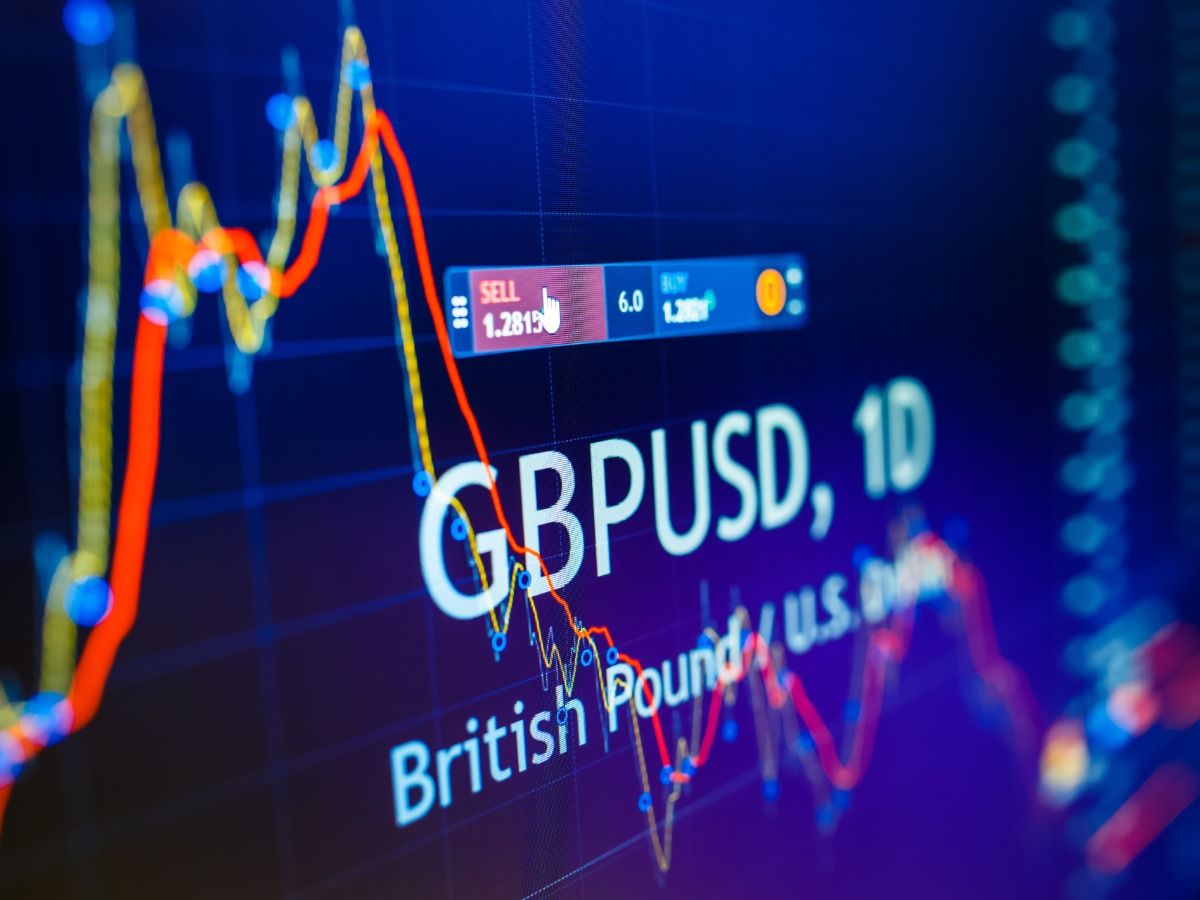FXOpen

In recent days, the foreign exchange markets have witnessed a notable shift in the dynamics between the US Dollar and the British Pound, with the USD showing a mild upward trajectory against its British counterpart.
This development comes after a period of relative stability in the USD's performance against major currencies, including the GBP. The recent fluctuation and acceleration in the USD's gains against the Pound have sparked discussions about the underlying economic factors driving this trend.
At the close of the previous week, the US Dollar demonstrated resilience, notably positioning itself at the upper echelons of the 1.28 mark against the British Pound. However, the past week has introduced a degree of volatility, resulting in a more pronounced acceleration of the USD's gains against the GBP.
Check the GBP/USD chart
During yesterday's European trading session, the value of one British Pound had depreciated to 1.27 US Dollars, marking a significant decline of a whole cent within a single day.
The ongoing deliberations surrounding interest rate decisions in both the United Kingdom and the United States have added complexity to the evolving currency dynamics.
The Bank of England is currently weighing the possibility of raising interest rates in response to growing concerns about inflation.
Conversely, the Federal Reserve Bank in the United States has signalled its intentions to raise interest rates, even as inflation remains under control. This departure from the conventional wisdom that central banks raise interest rates solely to counter inflation suggests a more nuanced approach to monetary policy.
It's not all about inflation
While inflation rates have been on the rise in Europe and the United Kingdom, it is worth noting that the United States has managed to rein in its inflation from the double-digit figures seen a year and a half ago to a level approximately half that of its European and British counterparts. This trend showcases the efficacy of the US Federal Reserve's policies in stabilizing the economy and maintaining price stability.
A striking juxtaposition arises when considering the national debt levels in the United States and the United Kingdom. The US national debt has exceeded double that of the UK, reflecting a higher level of indebtedness among commercial and private borrowers in the United States. Recent discussions surrounding the US debt ceiling prompted concerns of a potential default, which were temporarily alleviated by a last-minute deal to raise the debt ceiling. This scenario sheds light on the precarious financial situation in the United States, where increasing interest rates could serve as a deterrent to further borrowing.
However, the decision to raise interest rates is a double-edged sword. While it may discourage excessive borrowing, it also affects existing borrowers and can potentially hinder business revenue growth. This has raised concerns about the potential negative impact on the broader economy.
Where is the British Pound going long term?
Contrasting perspectives emerge when examining the British economy's stability in comparison to the United States.
The British Pound has faced scrutiny due to factors such as post-Brexit cost increases and perceived lower market confidence. Nonetheless, the overall British economy appears to maintain a steady course, demonstrating resilience and lower susceptibility to the kind of volatility often witnessed in the Silicon Valley tech stocks or the potential contagion of bank failures.
Looking ahead, it is plausible to anticipate that the British Pound will continue to hold its ground against the US Dollar over the long term.
The economic fundamentals of the United Kingdom, coupled with the country's ability to weather external shocks, contribute to this outlook.
The evolving global economic landscape, however, warrants a vigilant analysis of ongoing developments and policy decisions in both the United States and the United Kingdom to accurately anticipate future currency trends.
In conclusion, the mild upward trajectory of the US Dollar against the British Pound reflects a complex interplay of economic factors, policy decisions, and market sentiments.
The evolving interest rate decisions and inflationary pressures in both nations, along with their differing levels of national debt, contribute to the currency fluctuations observed. As the global economic landscape continues to shift, only time will reveal the true extent of the impact on the GBP/USD exchange rate.
Trade over 50 forex markets 24 hours a day with FXOpen. Take advantage of low commissions, deep liquidity, and spreads from 0.0 pips. Open your FXOpen account now or learn more about trading forex with FXOpen.
This article represents the opinion of the Companies operating under the FXOpen brand only. It is not to be construed as an offer, solicitation, or recommendation with respect to products and services provided by the Companies operating under the FXOpen brand, nor is it to be considered financial advice.
Stay ahead of the market!
Subscribe now to our mailing list and receive the latest market news and insights delivered directly to your inbox.








